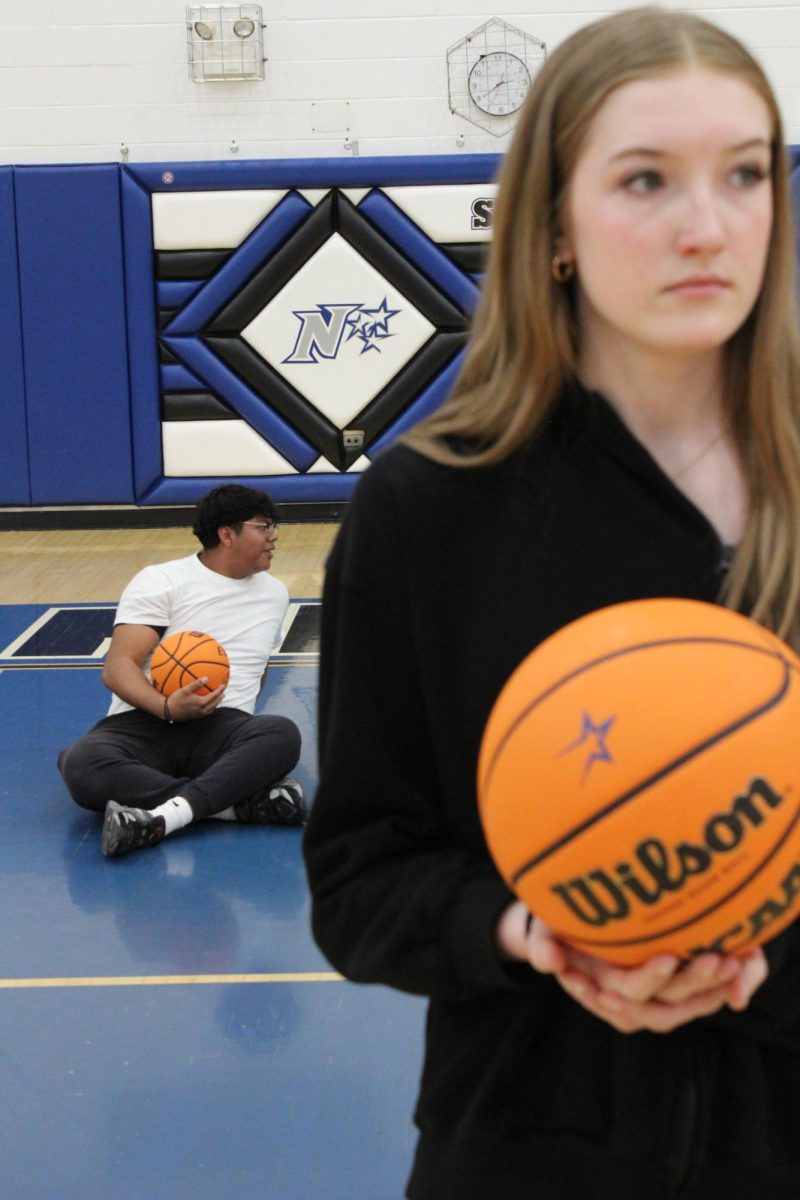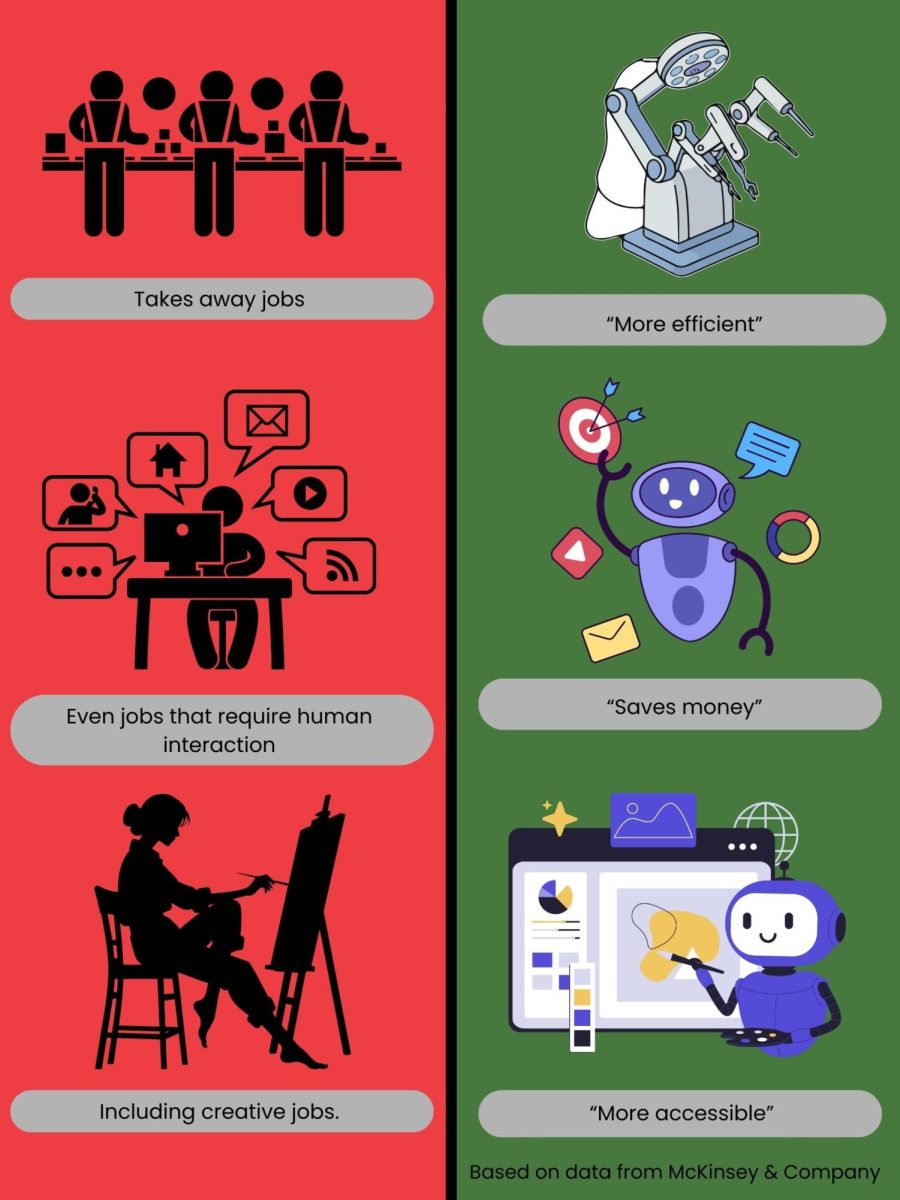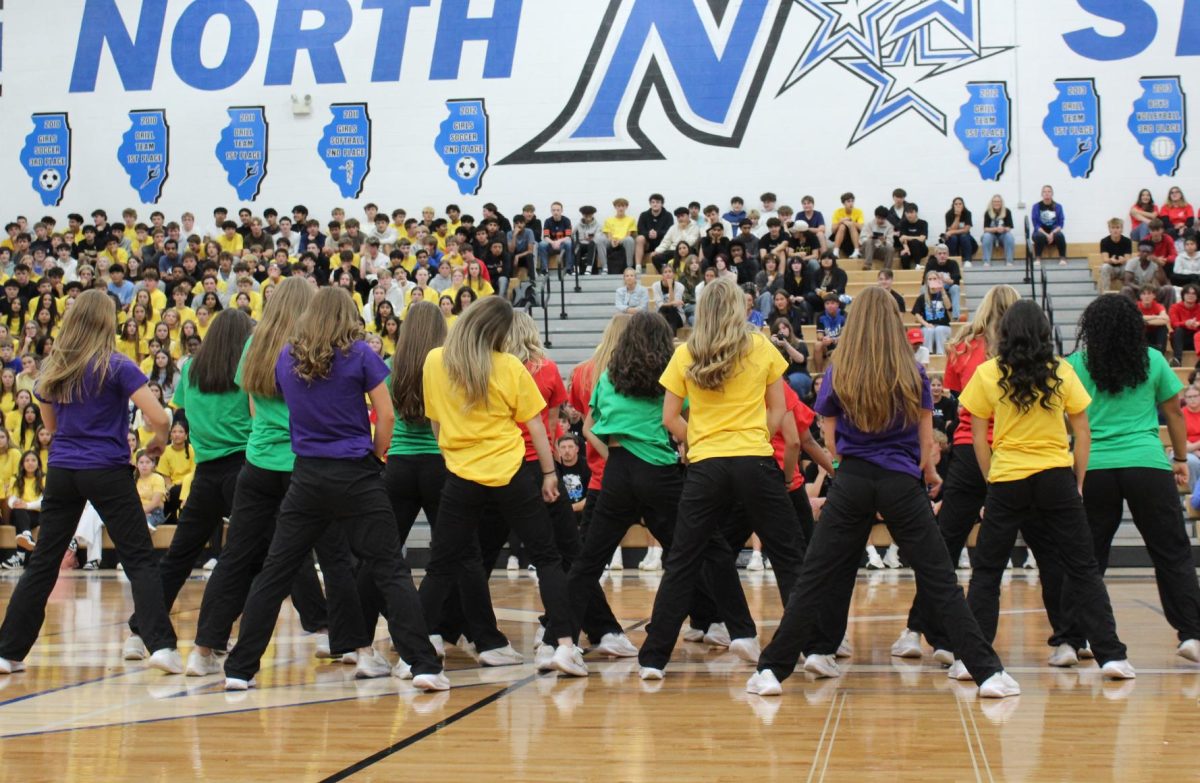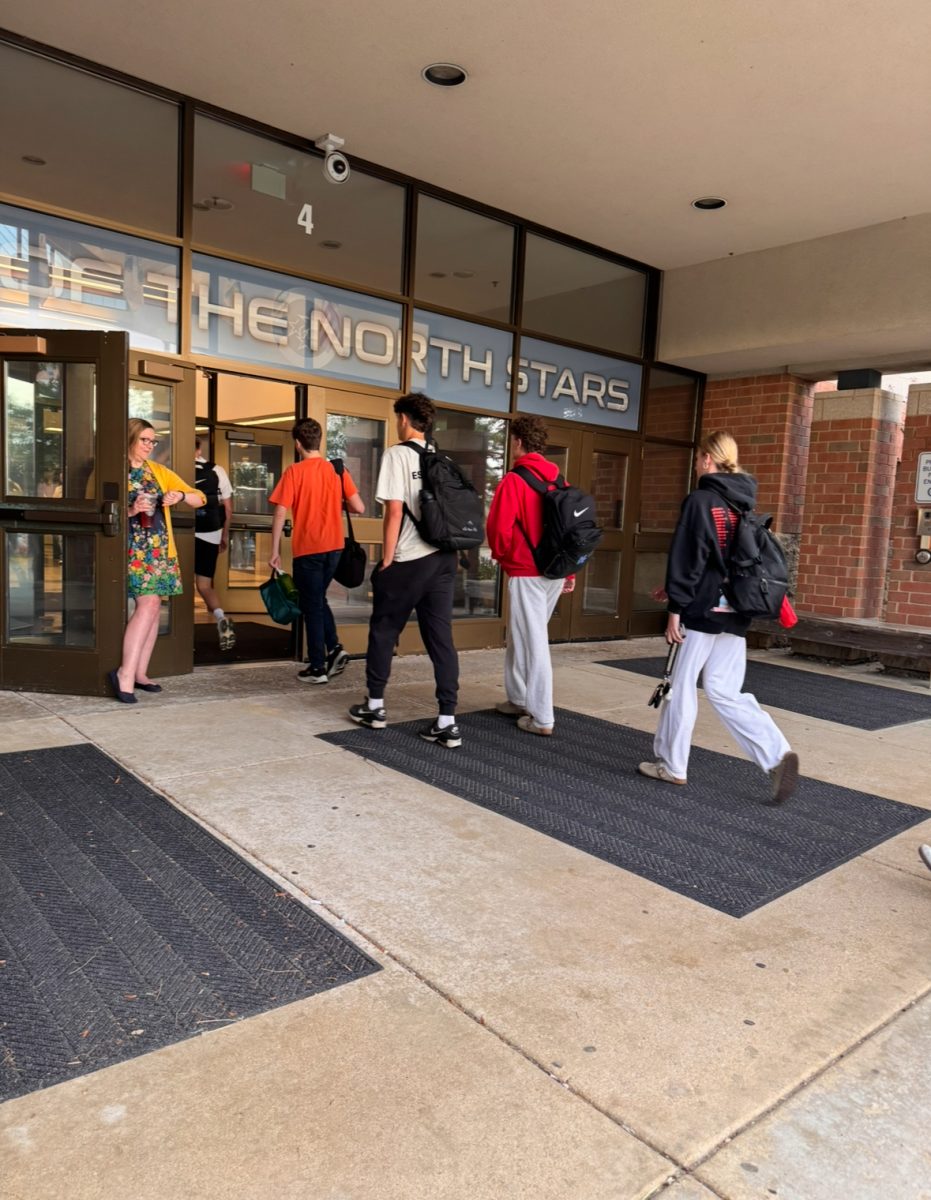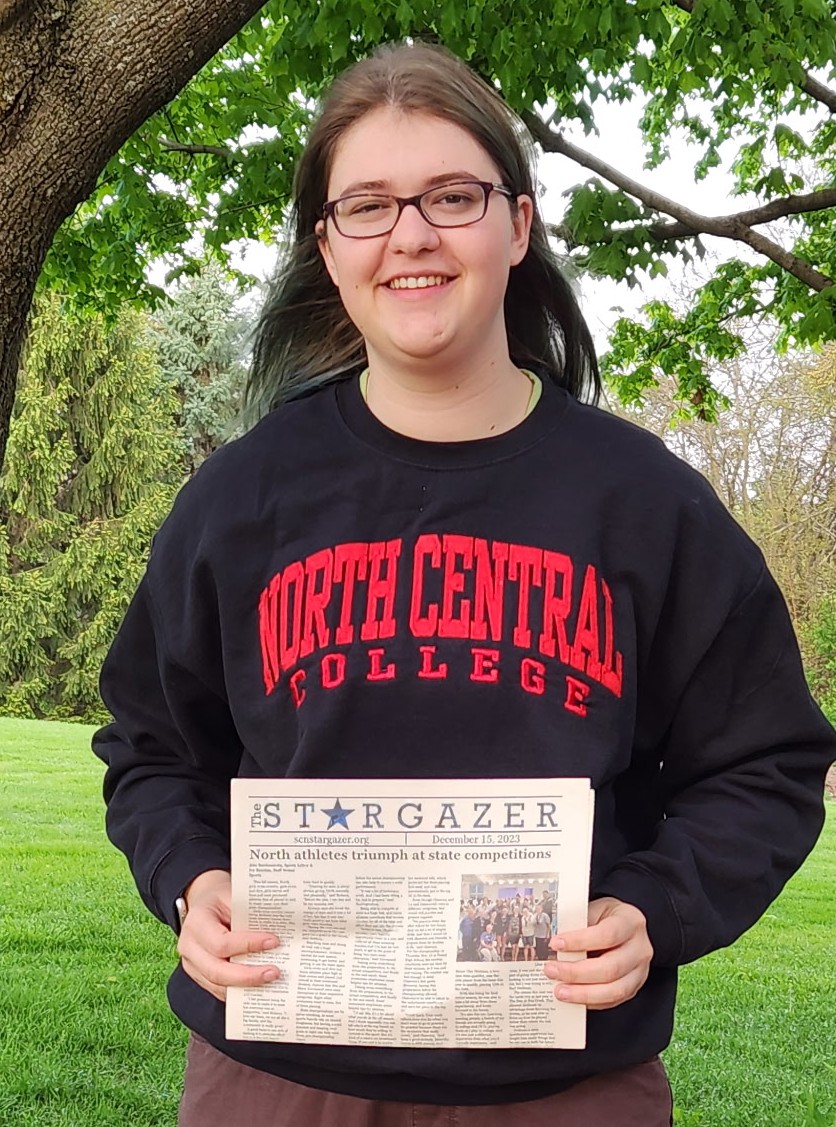Women’s sports are often overlooked in professional athletics; whenever you hear people talking about the latest game, nine times out of 10, they are talking about the Bulls, not the Sky, the Cubs rather than the Bandits. The lack of general popularity and support for these teams is quite evident, even in myself, with the amount of research I had to do on women’s sports teams for this article.
At the end of March, I came across a semi-familiar sight while on my phone. A “Google Doodle” — those little, sometimes animated, drawings of the Google logo that features art relating to a relevant daily topic: in this case, March Madness. In my curiosity, I clicked on the banner, bringing me to a page for Men’s March Madness. Immediately, I got annoyed: Just another example of inherent sexism in sports and tech. Would it have been so hard to just link it to a general March Madness page instead of specifically the men’s? I later discovered the women’s team got a separate doodle earlier in the month, which alleviated some of my frustration (good job, Google, we are making progress), but what about our teams at North?
From my time playing in the stands through marching band, I have seen firsthand the difference in student and community support between boys and girls games. Stands packed and rowdy for the boys team, but for the girls it is mostly parents with the close friends of the players.
Concession stand data shows that boys games were projected to make almost twice as much money compared to girls.
“Boys and girls basketball are expected to exceed $5,000 and $3,000, respectively,” said Chris McClure, concessions manager.
While this data is certainly reflective of the student community and general admissions, paid ticket data shows a similar trend in the wider, non-student population. Over each team’s nine home games, the girls games sold 592 tickets, while the boys sold 922. As admission is free for North students, the data highlghts community preference towards the boys team.
I think it is ridiculous that more people support the boys basketball team than the girls. Their record is, and historically has been, better. During the 2024-25 school year, the boys and girls records are practically opposites: The boys record was 7-23, and the girls was 23-9. And yet no one is coming to see these games! They have placed in the top three in conference for the past three seasons. The last time the boys placed that high was in 2021, when they placed third.
“I think in this most recent stretch, these last three years, have been the most successful in terms of wins and losses for girls basketball in the history of our building,” said Michael Tomczak, varsity girls basketball coach.
The girls team has also broken a ton of records in recent years.
“We had Sydney Johnson break the all-time individual scoring record in a game this year. We had Alyssa Hughes break every record there is pretty much out there,” said Tomczak.
While I am certainly not saying this to call the boys team “bad” or to encourage a lack of support for one team, there should not be such a large difference in student and community support from one team to the other.
But why is this? I argue that it has to do with internalized sexism, a form of sexism that is the involuntary result of a person’s exposure to a wider, inherently sexist society. This means while someone may not think of themselves as having adverse beliefs about women, they may unconsciously display sexist beliefs through their words, actions or inactions.
Extending this to the world of sports, the preference towards men’s teams may have something to do with people’s unconscious belief that sports are a “man thing” or that people assigned male at birth are inherently better at sports than people assigned female at birth.
“I feel it’s always been a stereotype that boys are better, but boys basketball has just been more popular,” said Cooper Mellican, a junior on the varsity boys basketball team.
But how can North go about fixing this issue?
“I feel like we deserve to be a bit more seen,” said Bronwyn How, a sophomore on the varsity girls basketball team. “I feel like they also advertise the guys a lot more around the school, not as much as the girls. So I feel like if there was a bit more equality with that, then maybe we [would] get more support.”
More advertising and promotion could certainly help to change this sentiment. Especially in the wider community where people are not exposed to announcements or posters promoting North sports, it would serve to bring the team more attention, hopefully leading to more people attending. In school, encouraging support from teams of the other gender would also be beneficial. While coaches say they encourage support of other teams to their players, students and staff can definitely do more.
“It’s not necessarily super encouraged putting it out there, but I definitely do think that we do a good job of it. Just people having friends on the guys team, or guys having friends on the girls team. So we definitely do go support each other every once while, but it’s never super encouraged,” said How.


